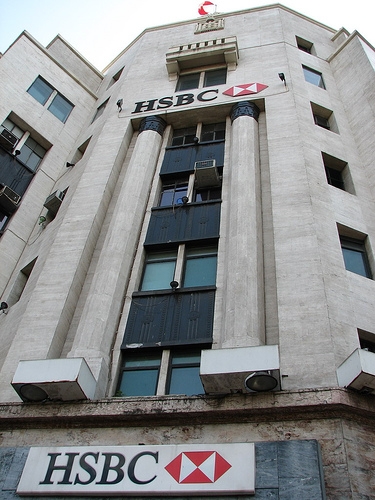
Indian banks facing sustained asset quality weakness: Fitch
Good thing most of them have a reasonable buffer to withstand it.
In its new report, "2013 Outlook: Indian Banks", Fitch Ratings said it expects the banking system's gross non-performing loans (NPL) ratio to reach 4.2% in the financial year to March 2013, up from a previously estimated 3.75%.
Fitch anticipates asset quality to remain under pressure at least for the next three to four quarters, particularly from the infrastructure sector in which banks' exposures are concentrated. Fitch believes that bulk of the stress in infrastructure is residing in restructured assets and will not be visible in the reported NPL numbers where pressures are largely cyclical.
Restructured assets in FY12 were significantly higher than during the last restructuring exercise in FY09. Fitch believes that stressed assets (including restructured assets) for the system will likely exceed the agency's 10% estimate for FY13.
Fitch said infrastructure remains a key industry for the Indian government, whose support to a large extent mitigates the viability risk for many such projects and may limit eventual credit losses. This is evident in the government's recently announced reforms for struggling state power utilities (around 3% of total system loans), it noted. The long-term solution, Fitch believes, lies in restoring the financial viability of state utilities which carries high execution risk given the political sensitivity around tariff hikes.
Fitch's stress test on Indian banks suggests reasonable resilience in the Indian banking system to absorb a higher level of stress. Core equity for most banks is unimpaired as both profits and general reserves remain adequate. Most large government and private banks have passed the stress test. Few banks with high asset concentration and weak equity are more vulnerable, in particular medium-sized banks. This leaves their Viability Ratings vulnerable to downgrade if exposure to stressed assets continues to rise without a corresponding increase in equity buffer, said Fitch.
"Funding is a traditional strength and supports the stand-alone credit profiles of banks, with deposits accounting for bulk of the total funding. Reliance on short-term funding has been increasing, and is most evident at smaller government banks with concentrated regional franchises. Government ownership and excess repo-able securities to a large extent mitigate refinancing risk. Moreover, the government's recent directive to government banks to gradually reduce this dependence will be credit-positive," Fitch said.
"Capitalisation at government banks is supported by the government's own commitment towards a minimum Tier 1 ratio of 8%. The government has budgeted around INR160bn for bank recapitalisation in FY13 and has worked on a 10-year recapitalisation plan for government banks. Meeting the large capital requirements under Basel III, if not planned well, could also see numerous banks competing to raise funds on the capital market at the same time given that the requirement is mostly back-ended in FY16-FY18. However, banks with stronger credit profiles should be able to attract capital easily relative to the weaker ones," it added.
























 Advertise
Advertise






